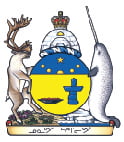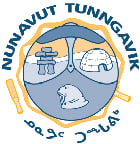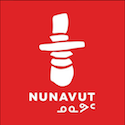Culture, Language, Heritage and Art
Select your community
- Across Nunavut
- Kitikmeot Region
- Kivalliq Region
- Various Communities
- Arctic Bay
- Arviat
- Baker Lake
- Cambridge Bay
- Chesterfield Inlet
- Churchill, Manitoba
- Clyde River
- Coral Harbour
- Gatineau, Québec
- Gjoa Haven
- Grise Fiord
- Igloolik
- Iqaluit
- Kimmirut
- Kinngait
- Kugaaruk
- Kugluktuk
- Naujaat
- Ottawa, Ontario
- Pangnirtung
- Pond Inlet
- Qikiqtarjuaq
- Rankin Inlet
- Resolute Bay
- Sanikiluaq
- Sanirajak
- Taloyoak
- Whale Cove
- Winnipeg, Manitoba


